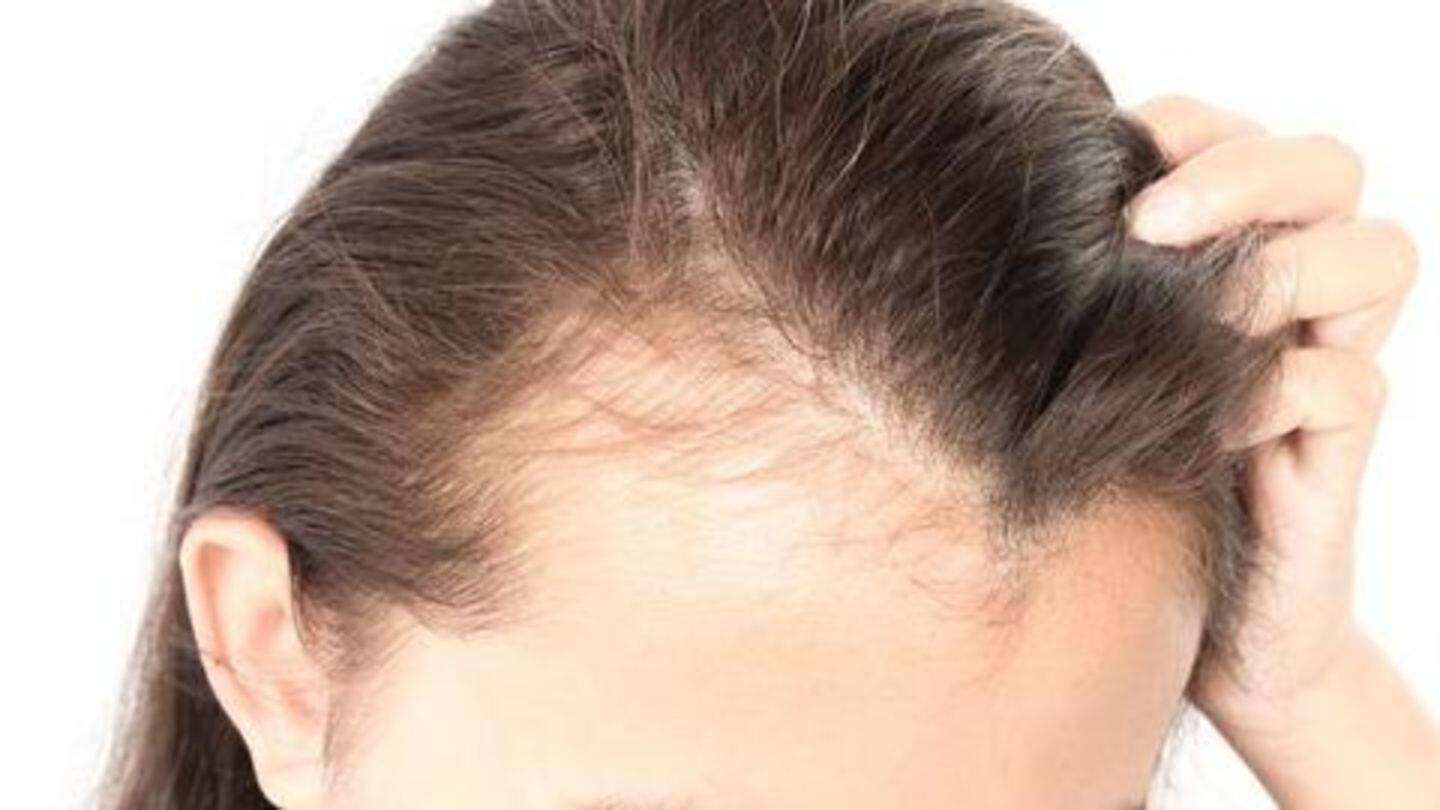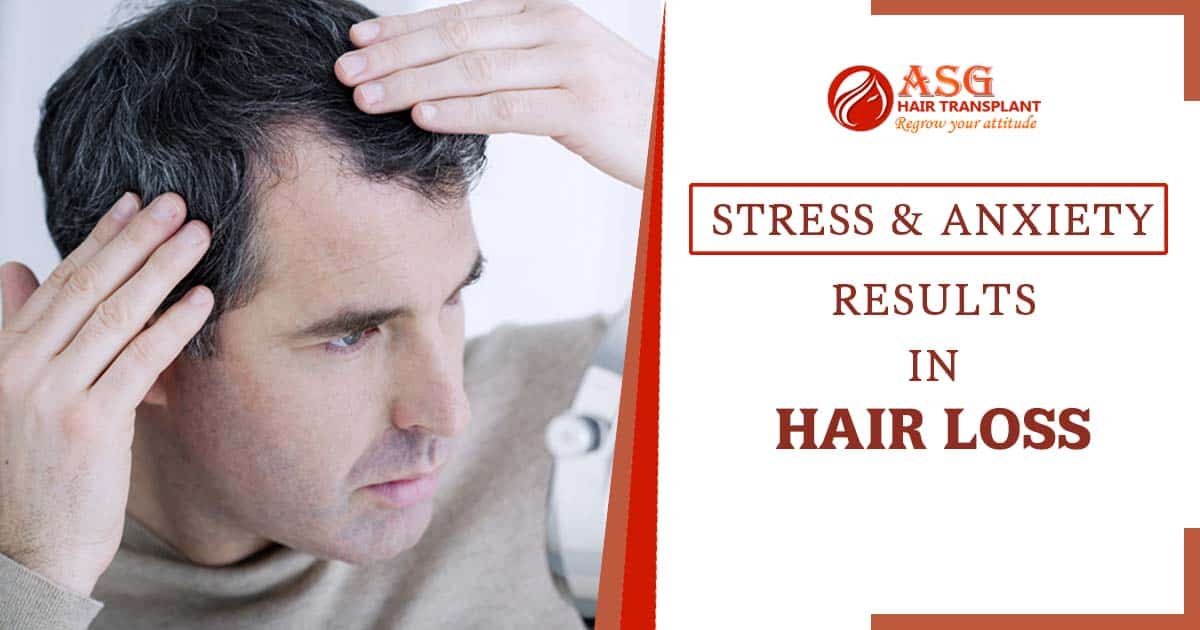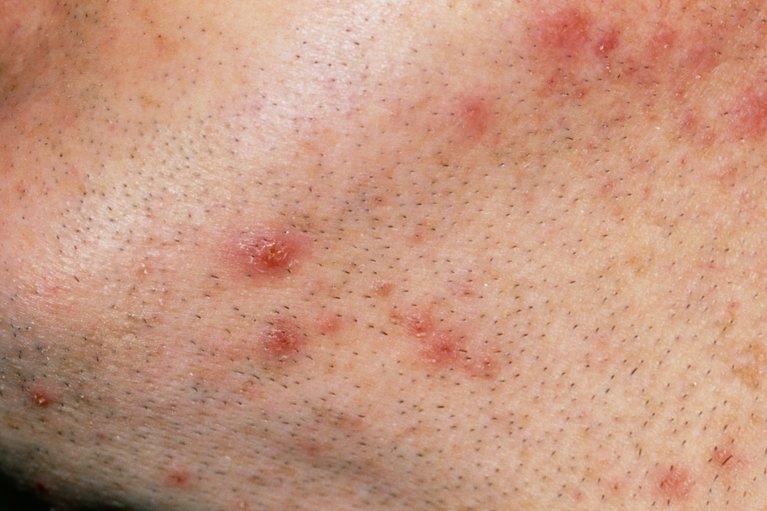Table Of Content

As part of your hair’s growth cycle, new strands grow and take the place of the ones you shed. Whatever the cause of your hair loss, seeking medical attention from your primary care doctor or a dermatologist can help you identify underlying causes. Treatments for hair loss are more likely to be successful if started early.
Medical Professionals

Scientists have developed a specific formula called AB‐102, but it has not been released. Ask your stylist about alternatives, such as organic hair dyes and other products that don’t contain ammonia, peroxide, or para-phenylenediamine (PPD). In the meantime, talk with your doctor before adding ginseng supplements to your diet. AARP is a nonprofit, nonpartisan organization that empowers people to choose how they live as they age.

When to see a doctor
It's is available over the counter as 2% and 5% solutions. It takes about 6-12 months of this once-daily use foam treatment to see results. You're unlikely to lose all of your hair with female pattern baldness. Regrowth continues for over a year, after which time it stabilizes. Minoxidil usually needs to be used long-term to prevent hair loss and promote hair growth. When the treatment is stopped, hair loss will begin again within 12–24 weeks.
Roman Topical Minoxidil
People with alopecia areata may also benefit from immunosuppressive medications like methotrexate. Not all researchers agree that spironolactone works, and the FDA has not endorsed it as a treatment for androgenic alopecia. However, the medication has still been used off-label for years to treat hair loss in women. More research is needed before definitive claims can be made regarding its effectiveness. Stress causes a large number of hairs in the active hair growth (anagen) phase to abruptly enter the resting (telogen) phase.
So long as the underlying cause is treated or stopped, you can expect regrowth. However, it can take up to six months before you notice results. With some types of hair loss, like androgenetic alopecia, the changes to the hair are permanent. While you can take steps to slow this process, the physical changes in your body make it difficult to stop losing hair entirely.
Other treatments
However, lifestyle factors, such as frequent tight hairstyles, and medical conditions, such as alopecia, can also cause hair loss. For androgenetic alopecia, your healthcare provider may indicate topical medications to help prevent further hair loss. Rogaine (minoxidil) formulations are effective for female and male pattern hair loss. You apply this solution indefinitely, as results go away if you stop.
Hair loss can also be a side effect of some medications, especially chemotherapy medications to treat cancers. If you’re currently losing hair, use a gentle baby shampoo to wash your hair. Unless you have extremely oily hair, consider washing your hair only every other day or less. Hair transplant surgery involves moving small plugs of skin, each with a few hairs, to bald parts of your scalp. While it’s more prevalent in older adults, anyone can experience it, including children.
The 3 'Worst' Foods To Avoid If You're Suffering From Hair Loss, According To Doctors - Yahoo Life
The 3 'Worst' Foods To Avoid If You're Suffering From Hair Loss, According To Doctors.
Posted: Wed, 15 Nov 2023 08:00:00 GMT [source]
A 2020 study tracked 79 women taking spironolactone daily (doses ranged from 25–200 mg) for a minimum of 6 months. Nearly two-thirds of participants experienced some kind of improvement after 1 year. Those who began the trial with more pronounced hair loss saw the most benefit from the medication. While hair loss isn’t itself dangerous, losing your hair is an emotional experience.
New hair care routines
If you like the idea of adding supplements to your routine, there are some which are specifically formulated to contain ingredients that increase hair thickness and health. As with medical conditions, physical changes that stress the body, especially if they cause hormonal changes, can lead to excessive hair shedding. This usually happens a few months after the stressor occurs and stops when the body's hormone levels have readjusted.
This article discusses factors that lead to thinning hair or bald spots, who’s at risk, and how to treat it. Hair is made of a protein called keratin that is produced in hair follicles in the outer layer of skin. As follicles produce new hair cells, old cells are being pushed out through the surface of the skin at the rate of about 6 inches a year. The hair you can see is actually a string of dead keratin cells. The average adult head has about 100,000 to 150,000 hairs and loses up to 100 of them a day; finding a few stray hairs on your hairbrush is not necessarily cause for alarm.
While more research is needed on the effects of biotin on hair growth, some studies have suggested a link between the supplement and improved hair thickness. In some cases, you may also be more likely to develop alopecia areata due to a thyroid autoimmune condition. This condition can cause patchy hair loss on the scalp or other areas of your body. Androgenetic alopecia and frontal fibrosing alopecia, conditions that may lead to baldness, are among common types of hair loss. Some shedding is temporary and may respond well to dietary changes, certain treatments, or lifestyle strategies. Other hair loss may be more permanent or may not stop until an underlying condition is treated.
Best Hair Growth Products for 2024 - CNET
Best Hair Growth Products for 2024.
Posted: Wed, 17 Apr 2024 07:00:00 GMT [source]
Basically, when this cycle is disrupted, hair falls out without being regenerated. In most cases, this is a gradual process, though it can set on more quickly in some people. Below are some frequently asked questions about hair loss. A doctor may recommend dietary changes and supplements to treat a nutritional deficiency.
However, it is common, and in most cases, it is also temporary. Thyroid diseases occur when this hormone production is disrupted. And this can cause your hair to stop growing or even fall out. While taking a shower, you look down and notice more clumps of hair than usual circling the drain.
Linked to the activity of the androgen receptor (AR) gene, up to 50% of male adults experience some form of this by age 50. Affecting men and women, alopecia areata occurs when the immune system mistakenly attacks hair follicles. This autoimmune disorder typically causes round, bald patches. In addition, skin disorders, such as psoriasis, can spread to the scalp, affecting hair growth. Certain hairstyles can stress the hair follicles, leading to a form of hair loss called traction alopecia.
Treatments, such as minoxidil, can spur hair regrowth, and others can help manage underlying causes of hair loss. However, nervous habits, burns, ringworm (tinea capitis), or other dermatological conditions can bring on bald patches or circles. Furthermore, physical or emotional stress, radiation therapy, and some medications can cause hair to fall out in clumps. If you experience pattern balding, seeing a healthcare provider for care and diagnosis is essential. Treatments depend on the underlying cause, and what’s effective varies from person to person. Everything from starting medications to stopping others and starting therapies for contributing diseases can play a role.
If your dermatologist finds that this may be causing your hair loss, your dermatologist can recommend changes that will help you stop damaging your hair. When the hair loss is caused by illness, treating the underlying cause allows hair to grow back. Discontinuing medications or radiation therapy and chemotherapy can also reverse balding.

No comments:
Post a Comment